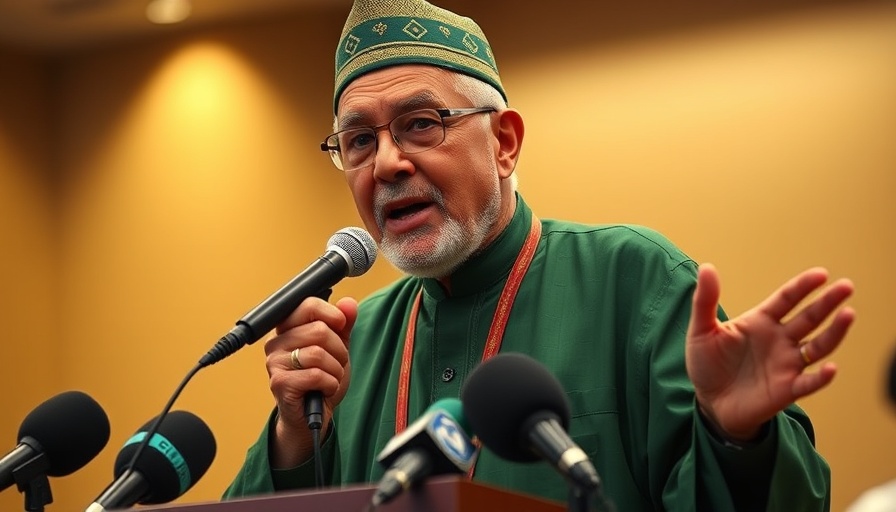
Ekiti’s Knowledge Zone: A Beacon of Hope in Education and Technology
The unveiling of Ekiti’s $80 million Knowledge Zone (EKZ) marks a potential turning point for both the local economy and educational landscape. Expected to break ground in 2026, after a tumultuous twelve-year delay, this project aims to foster innovation, entrepreneurship, and a skilled workforce in Nigeria. Supported by the African Development Bank, the EKZ was initially envisioned as an educational hub akin to Dubai’s Education City but has evolved into a business-driven technology zone in response to global shifts and the COVID-19 pandemic.
Historical Context and Background: The Journey to EKZ
The inception of the EKZ dates back to 2013, when the project was first proposed during Governor Kayode Fayemi's administration. Layaround since then, the proposal was based on transforming Ekiti into an education-centric zone that would attract international universities and provide world-class education to local students. However, the political landscape changed dramatically when Governor Fayemi left office, leading to years of stagnation.
During a four-year gap under Governor Ayodele Fayose, many promising projects—including EKZ—were shelved. Akin Oyebode, who now serves as Ekiti’s Commissioner for Finance, has reflected accurately on this wasted time, asserting that vision continuity in governance is crucial.
From Education Hub to Technology Ecosystem: The Pivot
As the world shifted towards online learning due to the pandemic, the original vision of EKZ had to adjust as well. By late 2020, the focus transitioned from traditional education to a bustling technology hub designed to foster businesses in software development, digital services, and business process outsourcing. The African Development Bank's $80 million funding, approved in 2022, confirmed the project's new direction. Nigeria's Export Processing Zone Authority also sanctioned the EKZ as a special economic zone, paving the way for regulatory approvals necessary to kickstart construction.
Components of the EKZ: Hard and Soft Infrastructure
The EKZ promises a comprehensive approach to develop both hard and soft infrastructures. Hard infrastructure comprises office spaces, housing, and innovation labs, while soft components will include a venture fund aimed at supporting local entrepreneurs and a network of centers of excellence within universities. These centers will equip students with digital skills through certifications alongside their primary degrees, thereby preparing them for success in a competitive gig economy. Oyebode emphasizes that businesses will be attracted to EKZ only if there is a readily available pool of skilled talent.
Community Input and Environmental Considerations
In preparation for the project, the Ekiti State government conducted a year-long environmental and social impact assessment, and they successfully completed a resettlement action plan for landowners. Compensation payments to affected landowners were settled in June 2025, which cleared the land for development and showed the government's commitment to doing things transparently.
The Future of Ekiti: Predictions and Opportunities
As construction begins in 2026, the future for Ekiti looks promising. The establishment of EKZ can serve as a model for similar initiatives across Nigeria. With the right policies and continued investment, Ekiti could become a major player in the technology and education sectors not just locally but on the African continent as a whole. The project is anticipated to create jobs, encourage innovation, and potentially attract foreign investment.
Conclusion: A Call to Action for Varied Stakeholders
As we look forward to the construction of the Ekiti Knowledge Zone, it is critical for stakeholders to remain engaged and proactive. Government bodies, educators, businesses, and communities must collaborate to ensure the zone achieves its intended goals of fostering innovation and developing a skilled workforce. The EKZ can rewrite Ekiti’s narrative from stagnation to a booming technology hub—let's ensure we make the most of this opportunity.
 Add Row
Add Row  Add
Add 




Write A Comment